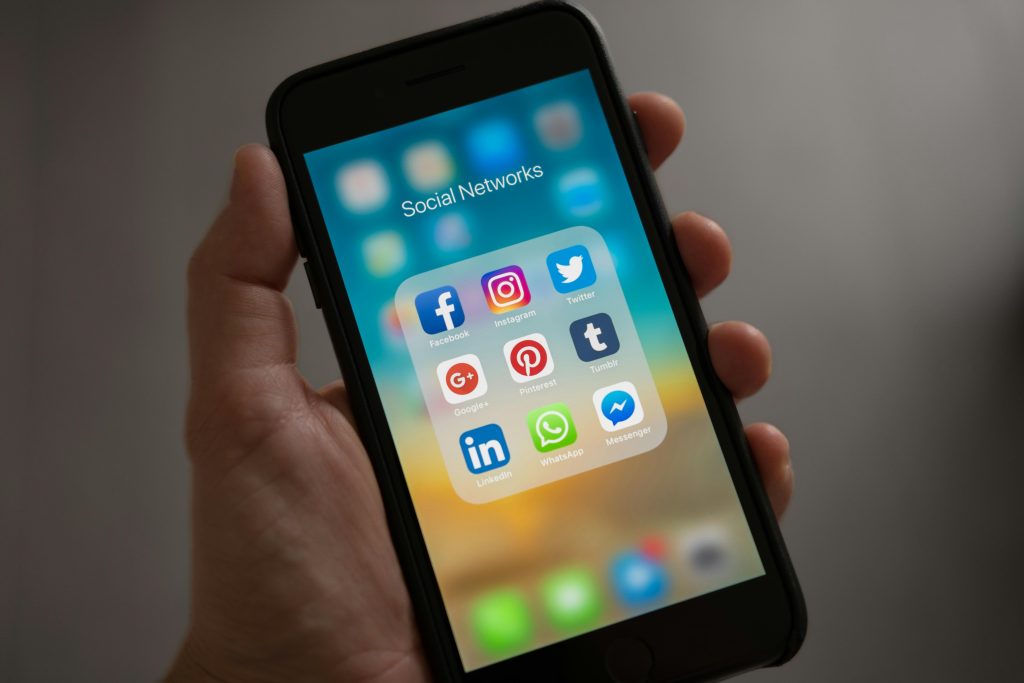How Slowness Leads to Smartness
Jessica White July 22, 2025
In an age defined by speed — rapid notifications, lightning-fast decisions, and relentless optimization — slowing down might seem counterintuitive. But there’s a growing body of research and a rising cultural shift suggesting that slowness leads to smartness. From cognitive science to workplace productivity trends, slowness is making a comeback as a serious strategy for deeper thinking and smarter decision-making.
This shift is more than just a mindfulness trend. It’s a response to the long-term costs of chronic multitasking, surface-level reasoning, and burnout from being “always on.” As artificial intelligence and automation take over many of our quick-thinking tasks, what remains valuable — and human — is our capacity for slow, reflective thought.
Let’s explore how slowness is being re-evaluated in modern life, and why it may be one of the most effective ways to think, learn, and lead with intelligence.

The Science Behind Why Slowness Leads to Smartness
Neuroscience is increasingly supporting what philosophers have long suspected: fast thinking may be efficient, but it’s not always wise.
Psychologist Daniel Kahneman popularized the idea of two types of thinking in his landmark book Thinking, Fast and Slow. System 1 thinking is fast, instinctive, and emotionally driven. System 2 thinking is slower, effortful, and analytical — and often far more accurate. The problem? Our brains prefer shortcuts. In high-pressure environments, we default to System 1, even when it leads us astray.
Recent studies support the idea that slower thinking produces better outcomes:
- A 2022 study from the University of Toronto found that participants who paused before making decisions reduced their error rate by 45% on complex tasks .
- Researchers at MIT showed that taking just six minutes to reflect on a learning task improved test performance by 20%.
- The World Economic Forum has cited “cognitive flexibility” and “critical thinking” as among the most important skills for the future of work — both of which depend on slowing down rather than reacting quickly.
In other words, slowness doesn’t mean inefficiency. It means choosing deliberation over reaction — and in many cases, that’s the smarter move.
Slowness in a World of Speed: A Rebellion or an Upgrade?
In digital culture, speed has become synonymous with productivity. Emails must be answered instantly, meetings are scheduled back-to-back, and success is often measured by how quickly you can respond, ship, or pivot.
But this obsession with speed is now under scrutiny. A counter-movement is emerging across industries, led by professionals, designers, scientists, and thinkers who argue that slowness isn’t a liability — it’s an advantage.
In tech, major companies like Basecamp (now 37signals) have long advocated for fewer meetings, asynchronous communication, and “calm productivity.” GitLab, an all-remote company, encourages “Minimum Viable Meetings” and deep work blocks to foster smarter collaboration.
In education, the “slow learning” movement is gaining momentum. Educators are pushing back against standardized testing and rushed curricula, emphasizing reflection, synthesis, and depth over coverage.
In leadership, thought leaders like Greg McKeown (Essentialism) and Cal Newport (Deep Work) argue that slowing down is a non-negotiable if leaders want to make meaningful, creative, or strategic contributions.
The growing consensus? Slowness isn’t about doing less. It’s about doing better.
How Slowness Leads to Smartness at Work
When we stop rushing, we stop making the same mistakes. Here are some practical ways slowness leads to smarter work habits:
1. Improved Focus
Fast-paced multitasking fragments attention. Slowness allows for single-tasking, which is proven to enhance cognitive performance and memory consolidation.
2. Deeper Learning
Slowing down during learning — by note-taking, summarizing, or pausing to reflect — leads to stronger retention and long-term understanding.
3. Better Problem Solving
Time pressure triggers familiar, automatic solutions. Slower thinking encourages reconsideration, helping you explore less obvious, often more effective approaches.
4. More Thoughtful Communication
Quick responses often overlook nuance. Slower communication fosters clarity and reduces misunderstanding — especially in writing or team discussions.
5. Increased Creativity
Breakthrough ideas rarely arrive in sprints. Studies show that creative insight often emerges during periods of incubation — moments of rest or non-linear thinking.
Current Trends: From Slow Productivity to Deliberate Design
One of the hottest concepts of 2024–2025 is “slow productivity,” popularized by Cal Newport. This approach argues that we should measure productivity by value and sustainability, not speed or volume. The concept is now influencing how companies design workflows, digital tools, and job roles.
Examples:
- Notion and Obsidian offer flexible, low-friction environments for deep note-taking and synthesis.
- Tools like Reclaim.ai and Motion help teams block deep work time — giving structure to slow, focused work rather than cramming calendars full.
- Design Thinking frameworks increasingly emphasize reflection stages between ideation and prototyping, acknowledging that better insights emerge when people pause.
This shift isn’t about laziness or inefficiency. It’s about recognizing the cognitive limits of the human brain and building systems that work with them.
How to Practice Slowness for Better Thinking
If you want to benefit from the way slowness leads to smartness, here are a few simple but powerful strategies:
1. Use the “Ten-Second Rule” for Decisions
Before responding to a complex question or email, count to ten. This slight delay activates your analytical brain and reduces impulsive reactions.
2. Block Out Slow Hours
Dedicate at least two hours per week to “slow thinking” time — no meetings, no messages, just time to reflect, write, or strategize.
3. Make Reflection a Daily Habit
Use a short journal prompt at the end of each day: What did I learn today? What should I rethink tomorrow?
4. Design Meetings for Thoughtfulness
Replace status meetings with asynchronous updates, and reserve synchronous time for slow-thinking tasks like brainstorming or problem-solving.
5. Normalize Saying: “Let Me Think About That”
There’s power in not having an immediate answer. Modeling thoughtful delay encourages smarter culture within teams.
Slowness Leads to Smartness — But It Takes Practice
We’re not wired to slow down easily. Our brains crave stimulation and quick resolution. But building slow thinking into your habits doesn’t mean you’ll miss out — it means you’ll become more effective, creative, and thoughtful over time.
In a future shaped by automation and information overload, our advantage won’t be in processing speed. It’ll be in the ability to stop, think, and choose wisely.
References
- Kahneman, D. (2011). Thinking, Fast and Slow. Farrar, Straus and Giroux.
- MIT News. (2020). “Why Reflection Improves Learning.” https://news.mit.edu/2020/importance-reflection-learning-0305
- World Economic Forum. (2020). “Top 10 Skills of Tomorrow.” https://www.weforum.org/agenda/2020/10/top-10-work-skills-of-tomorrow-how-long-it-takes-to-learn-them/
- University of Toronto, Journal of Experimental Psychology (2022). “The Impact of Pausing on Decision Quality.” https://www.sciencedirect.com/science/article/pii/S0022103121001679







